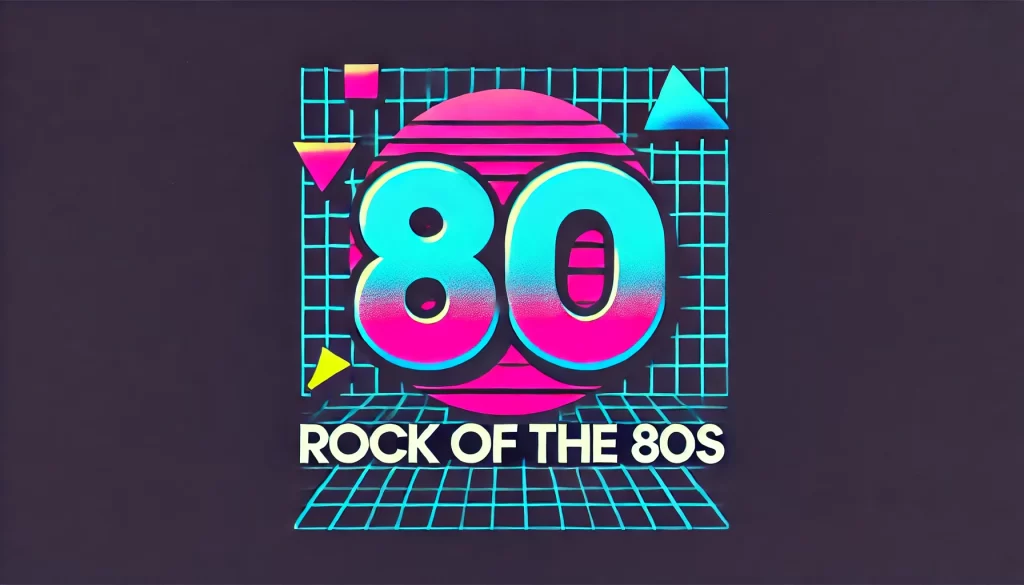You want to know what modern sounded like at the dawn of the ’80s?
It was sleek. It was sharp. It was The Cars.
Emerging from Boston’s new wave scene in the late ‘70s, The Cars didn’t just blur the line between punk rawness and polished pop—they paved a whole new road. Their self-titled debut album in 1978 was an instant classic, filled with radio-ready hits like “Just What I Needed,” “My Best Friend’s Girl,” and “Good Times Roll.” From day one, they sounded like the future.
Then came the ’80s. And suddenly, that future was now.
With Ric Ocasek’s detached cool, Benjamin Orr’s silky vocals, and a sound that fused synths with snarling guitar riffs, The Cars helped define the decade’s sonic signature. They weren’t chasing trends—they were creating them. Albums like Candy-O, Panorama, and Shake It Up kept the hits coming, each more stylish than the last.
And then came Heartbeat City (1984). Boom.
“Drive.” “Magic.” “You Might Think.” The Cars were everywhere—on FM dials, on MTV, and in the backseat of every teenager’s, well… car. “You Might Think” was MTV’s very first Video of the Year, and the band’s surreal, high-concept videos helped make the music video into an art form. They were sonic designers. Digital romantics. Masters of the three-minute movie with a hook.
The Cars weren’t flashy rock gods. They were cool—effortlessly. They wore skinny ties, not spandex. They let the songs do the talking. And decades later, those songs still sound as crisp and cutting-edge as ever.
The Rock & Roll Hall of Fame finally caught up in 2018. But fans?
We’ve known all along:
The Cars weren’t just ahead of their time. They were the time.
Rock on! 🤘🏻
